Description
This paper proposes an image processing technique to extract paper currency denominations. Automatic detection and recognition of Indian currency notes has gained a lot of research attention in recent years particularly due to its vast potential applications. It is shown that Indian currencies can be classified based on a set of unique nondiscriminating features. First, we acquire the image by the simple flat scanner on fixed dpi with a particular size, the pixels level is set to obtain mage. The dominant color and the aspect ratio of the note are extracted. After this extracted the portion of the note containing the unique shape, number, emblem, etc. This technique is used to match or find currency denomination of paper currency
Currency Detection using Similarity Indices Method using OpenCV
Introduction:
Technology is growing very fast these days. Consequently, the banking sector is also getting modern day by day. This brings a deep need for automatic fake currency detection in automatic teller machines and automatic goods seller machines. Many researchers have been encouraged to develop robust and efficient automatic currency detection machines. An automatic machine that can detect banknotes is now widely used in dispensers of modern products like candies, soft drinks bottles buses, es or railway tickets. The technology of currency recognition basically aims for identifying and extracting visible and invisible features of currency notes. Until now, many techniques have been proposed to identify the currency note. But the best way is to use the visible features of the note. For example, color and size. But this way is not helpful if the note is dirty or torn. If a note is dirty, its color characteristic is changed widely. So it is important that how we extract the features of the image of the currency note and apply the proper algorithm to improve the accuracy to recognize the note. Currency Detection using Similarity Indices Method using OpenCV
System Analysis
Existing Systems
- In the existing system, classification is done through simple image processing to classify based on color, shape, and other parameters.
Disadvantages:
- It has poor discriminatory power
- It is poor to characterize the excellence of data
Proposed system:
- In this proposed system, Deep learning is used. First, take the input of the given image and preprocessed the given image, and convert the RGB image into the grayscale image. The extracted features can be used for the recognition, classification, and retrieval of currency notes.
Advantages:
- Accuracy is more
- Less distortion rate
- Take very less time to execute
Currency Detection using Similarity Indices Method using OpenCV
Block diagram:
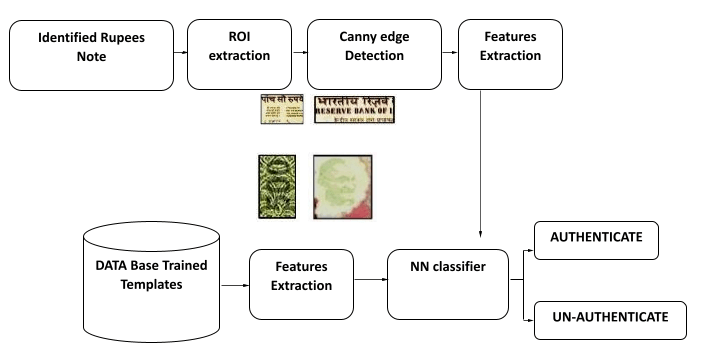
REQUIREMENTS ANALYSIS
Hardware Requirements
- system
- 4 GB of RAM
- 500 GB of Hard disk
SOFTWARE REQUIREMENTS
- Python
- Anaconda Navigator
- Python built-in modules
REFERENCE:
[1] Central Intelligence Agency. World Factbook Currency Exchange Rates. URL:https://www.cia.gov/library/publications/the-worldfactbook/fields/2076.html.
[2] Muhannad Alfarras. ?Bahraini paper currency recognition?. In: Journal of Advanced Computer Science and Technology Research 2.2 (2012), pp. 104? 115.
[3] Hamid Hassanpour and Payam M. Farahabadi. ?Using Hidden Markov models for paper currency recognition?. In: Expert Systems with Applications 36.6 (2009), pp. 10105? 10111.
[4] Vipin Kumar Jain and Ritu Vijay. ?Indian currency denomination identification using image processing technique?. In: (2013).
[5] Smart Kotwal. ?Image processing-based heuristic analysis for enhanced currency recognition?. In: International Journal of Advancements in Technology 2.1 (2011), pp. 82? 89.

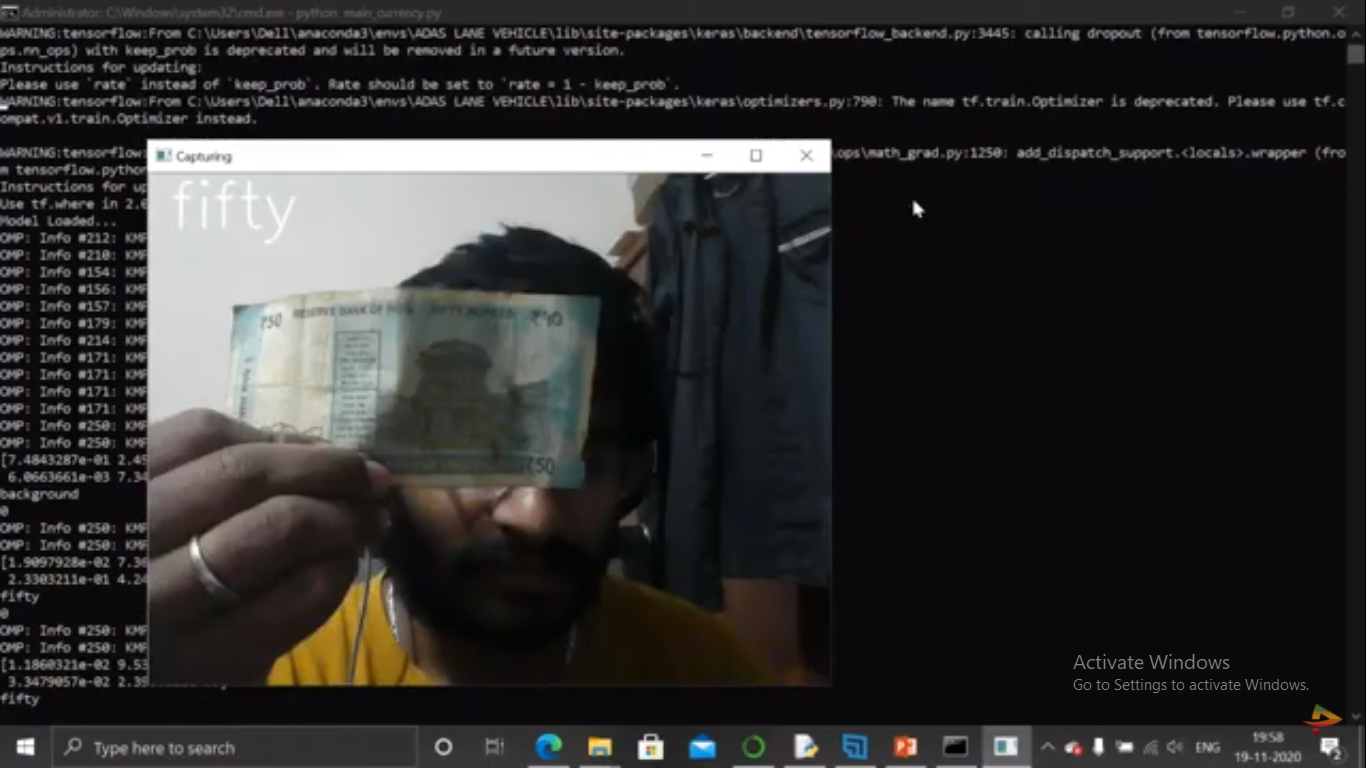
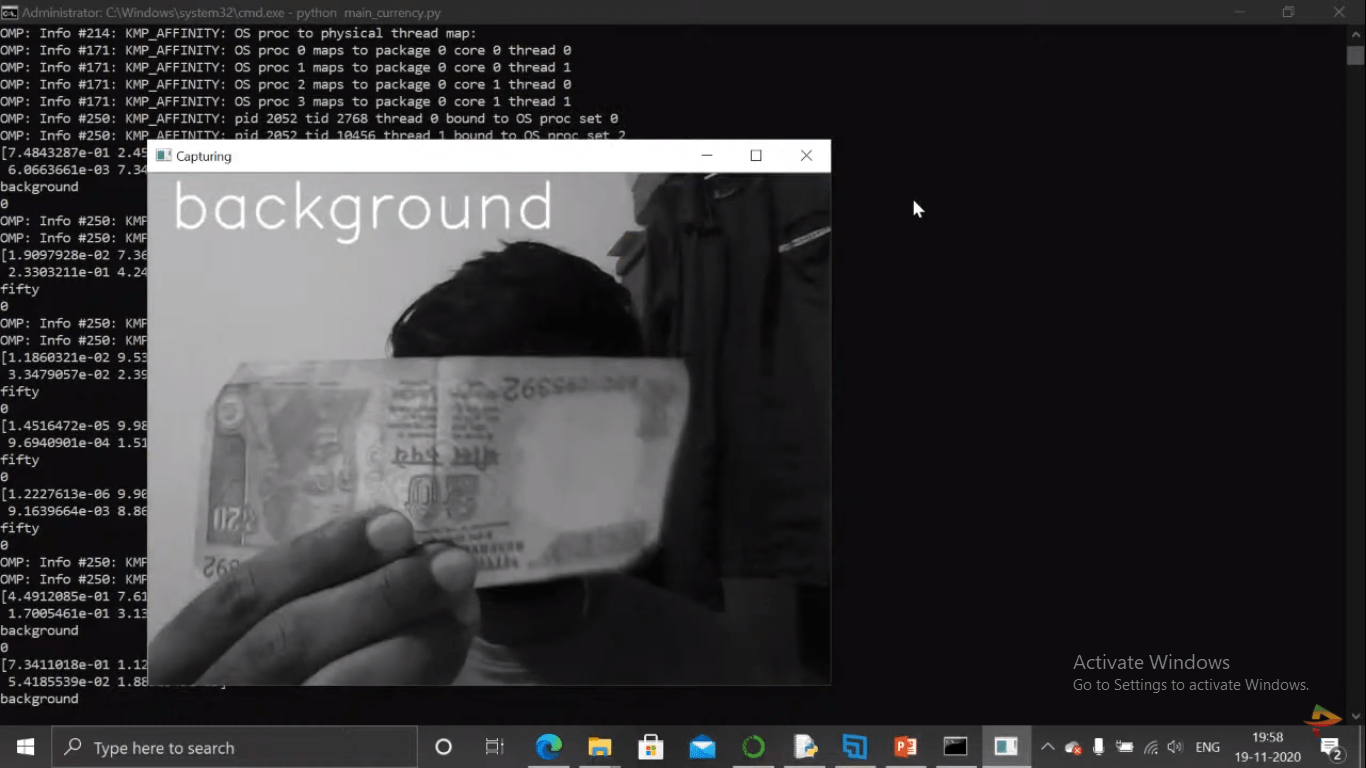
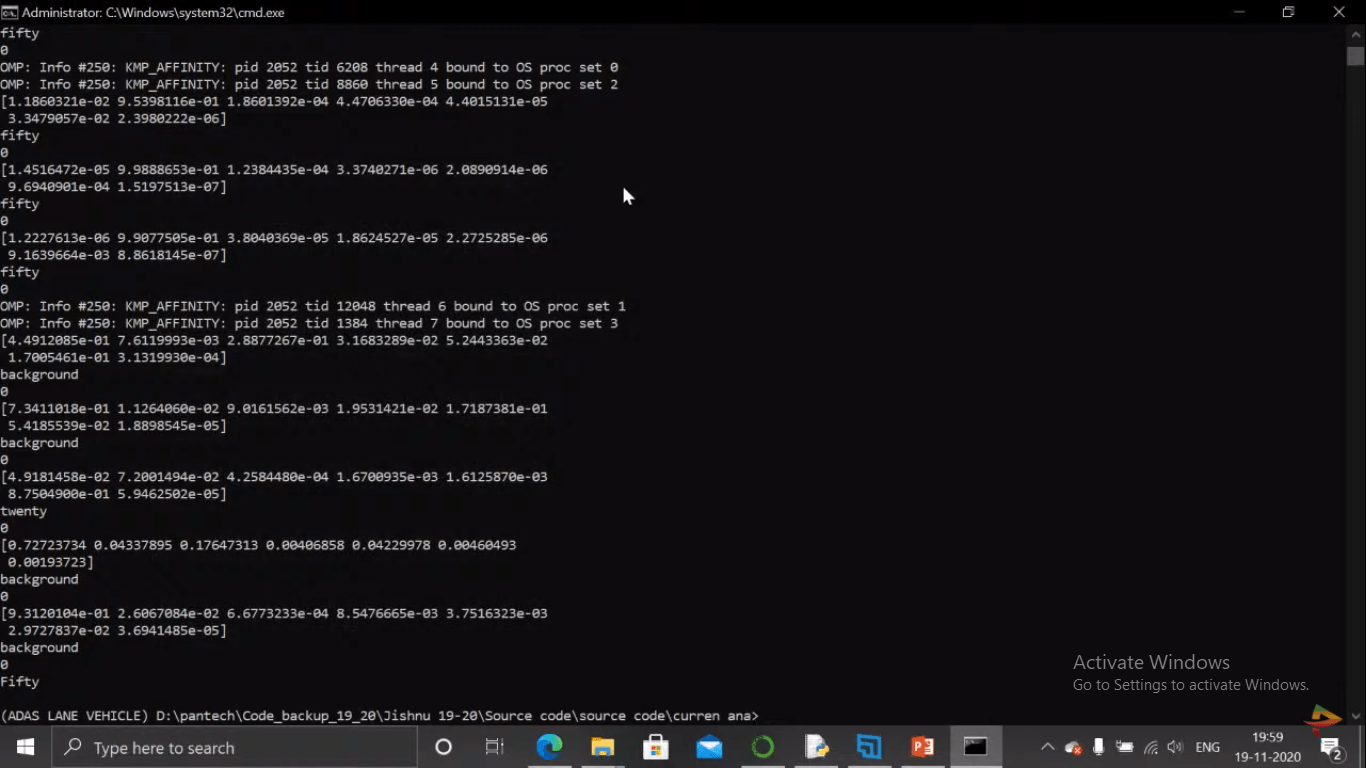


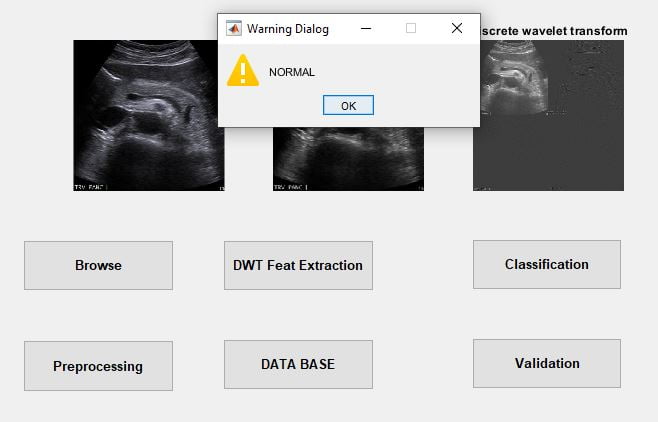

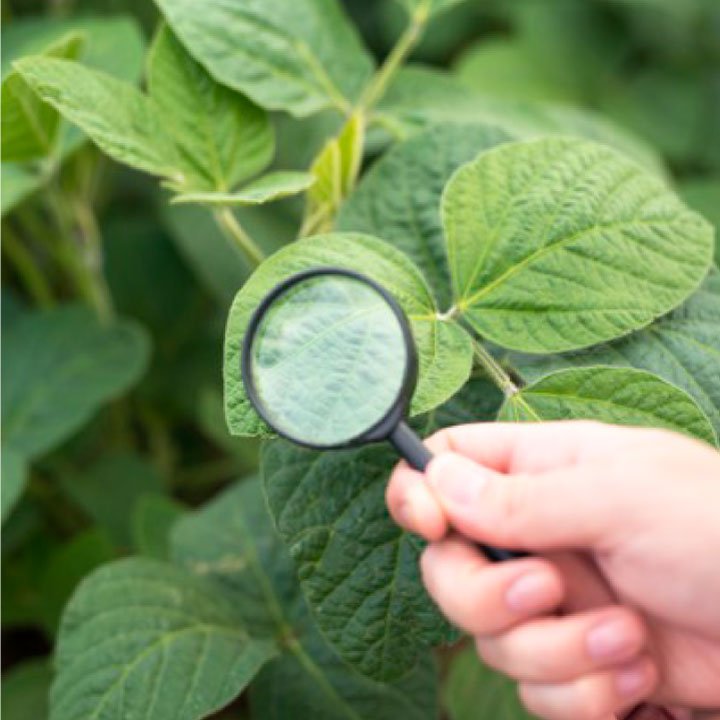





























































































































































































































































































































































































































































































































































































































































































































































































































































































































































































































































Customer Reviews
There are no reviews yet.